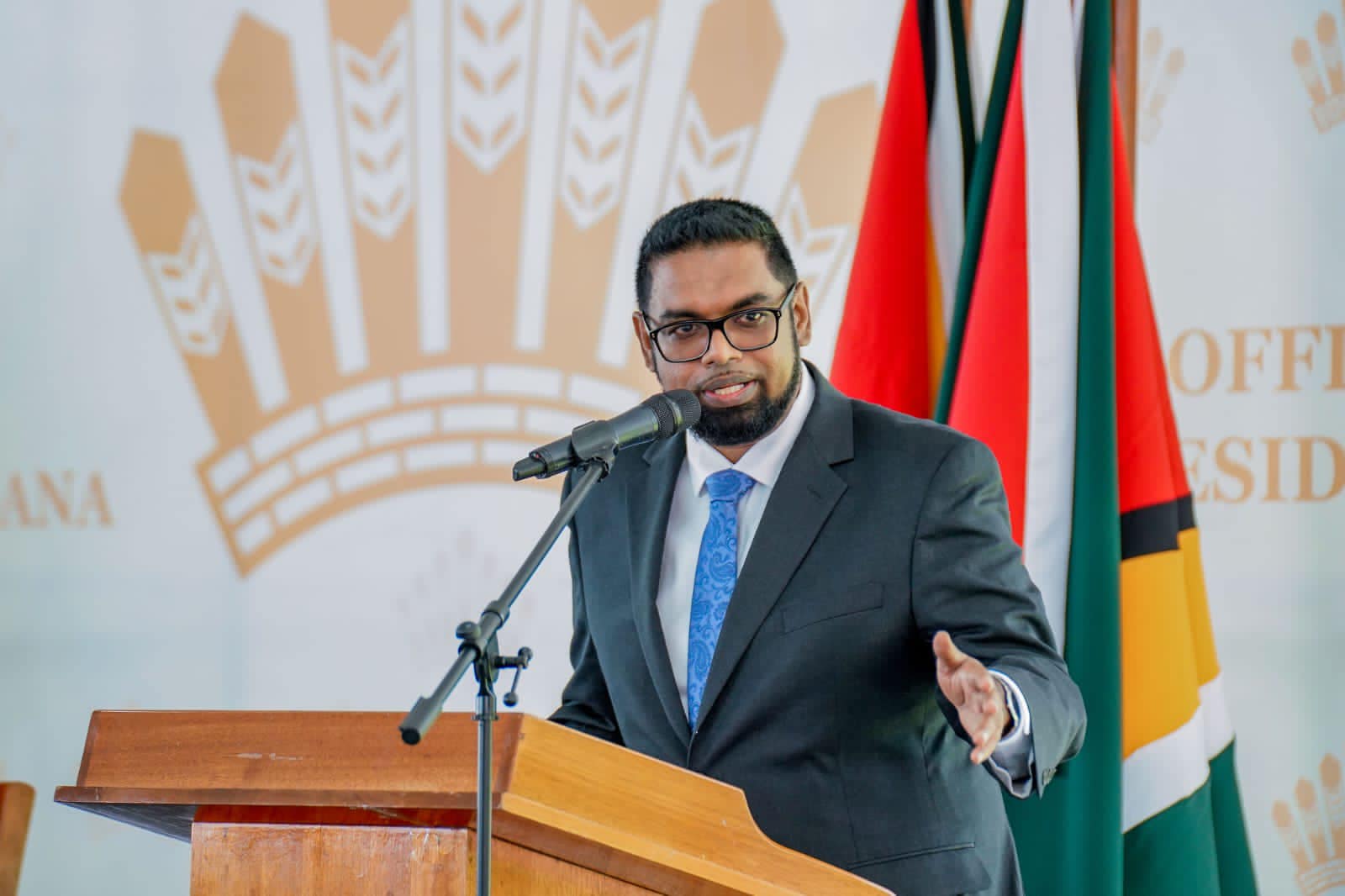With the high cost of electricity in Guyana, authorities have been putting arrangements in place for the landmark gas-to-energy project which, in addition to cutting the cost of power in the country, is expected to also deliver benefits to region.
On Thursday, President Irfaan Ali said the gas has the potential to reduce the Caribbean region’s electricity generation costs by 40%. He was at the time delivering the keynote address to the International Solar Alliance’s Fourth Regional Committee Meeting for Latin America and the Caribbean, held at the Arthur Chung Convention Centre (ACCC) on the outskirts of Georgetown.
At the event, the President spoke at length about the importance of solar energy generation as the world shifts to low-carbon power sources – particularly in the face of climate change. However, he was also quick to highlight the vital importance that natural gas plays in ensuring energy security in the region.
“Here comes a big opportunity for the region… I would be very disappointed if the leaders of the region would say to us that they are not going to unlock the opportunity – and this is the real opportunity for transition,” he said.
Based on preliminary calculations, the President stated that one trillion cubic feet of natural gas will generate 142 million megawatts (MW) of energy. Against this backdrop, the President posed to the conference’s participants, “I want to ask you this question – how much solar energy and at what capital cost of solar energy would generate 142 million megawatts? These are the questions that we have to answer because this is the reality that we live in.”
President Ali did not shy away from sharing specifics on the massive gas reserves in the Caribbean: Suriname, 28 trillion cubic feet (TCF); Trinidad and Tobago, 11 TCF; Barbados, 5 BCF; Brazil, 12 TCF. In the case of Guyana, he reminded the conference the nation has not conducted a natural gas macro-analysis, but its potential is estimated at 16 TCF.
“There is an important reason why I included Brazil,” the President noted. “If we are going to achieve an energy corridor then Brazil needs to be a part of that equation. They are too important and too big of a population and market to not be part of that equation.”
In the Caribbean region, electricity prices are among the highest in the world. This is because most of these countries utilise diesel and heavy fuel oil (HFO) to generate electricity. Once the gas-to-energy comes on stream, Guyana will be saving an estimated US$11 million monthly in fuel import costs. In addition to this, it is also estimated that households in this South American nation will save GY$27 billion annually as a direct benefit of this project.
By introducing natural gas into the energy play, the Caribbean stands a chance to rake back over US$9 billion in annual fuel import bills. Guyana, Trinidad and Suriname stand to be the energy fulcrum of the Caribbean, which the region can depend on for energy security.




